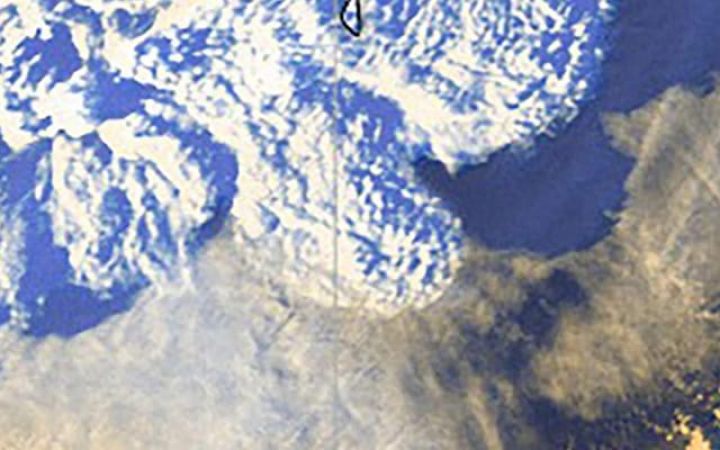Geneva, Switzerland - On Saturday 15th January 2022, the ongoing volcanic eruption of Hunga Tonga-Hunga Ha'apai triggered a tsunami across the Pacific. The scale of the explosion was so large, undersea communications lines were damaged, leaving the population of the Kingdom of Tonga out of reach. The dense ash clouds, added to the poor meteorological conditions, limited the flying capabilities and visual confirmation of the situation on the ground. Satellite imagery, therefore, became a key source of information to assess the extent and severity of the damages to the many islands. It also became a light of hope for individuals with no news from their loved ones.
This was the case of Karen Melnychuck and her sister Laura Jarosz: their mother Patti, 80 years old, runs her own wellness center resort on Uoleva Island, located relatively close to the volcano and they had found no information on her situation yet. After a couple of days of scouting the internet, they had stumbled upon a map from the United Nations Satellite Centre (UNOSAT) showing an assessment of an island near their mother's. They looked through all of the information available on the website, learning how to read geospatial data on the go, but nothing was available on Uoleva island. Out of options, they emailed UNOSAT pleading to share any more information they might have access to.
UNOSAT's Emergency Mapping was activated very early in the disaster, following a request by the UNOCHA Regional Office for Asia and the Pacific, to support the emergency response operations. Even though responding to direct requests issued by individuals is not a standard operational procedure for UNOSAT, it was decided to mobilize the team. Within a few hours, the analysts responded: from the satellite imagery available, ash deposits were visible on the island but no extensive damage was identified on buildings. The relief was considerable for the two sisters.
I'm so grateful beyond what words could express!!! Thank you for these images! It's truly amazing you were able to get us these. And a great gift for us to receive some good news and hope!!!
UNOSAT's Emergency Mapping service provides satellite image analysis during humanitarian emergencies to UN agencies and Member State's authorities. The analysts collect relevant data and available satellite images over a delimited area and produce the different analyses requested by a national or international body. In the case of this activation, the first analyses produced showed initial assessment of damage to roads and buildings on targeted nearby inhabited islands. These results were swiftly shared with UNOCHA and disaster relief organizations to inform the decision-making for emergency response planning.
The fact that Uoleva island had so few inhabitants was the only reason it was not included in the priority areas of interest. Nonetheless, the limited information extracted from satellite images was already good hope for them, as it appeared that the buildings were not affected by the tsunami waved induced by the eruption. The two sisters shared the analysis results with their online community, including the owners of the other resort of the island. Having this evidence of limited damage to their mother's island gave them the hope and energy to wait until they could finally get in direct contact with her. A few days later, they were able to get confirmation that Patti was safe and well, she had simply waited it out playing cards with her partner.







